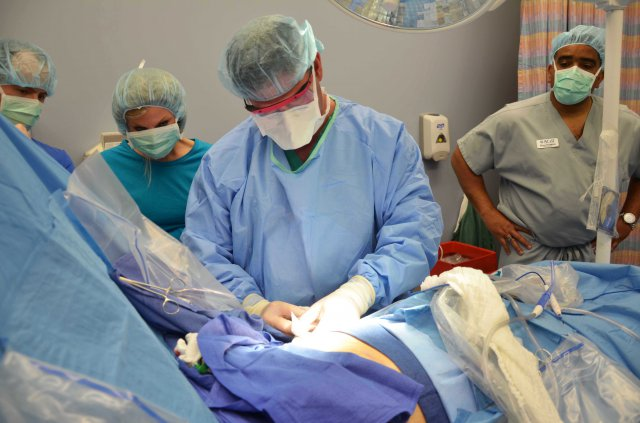
“To ensure good health: eat lightly, breathe deeply, live moderately, cultivate cheerfulness, and maintain an interest in life.” – William Londen
What is Salvage Surgery?
Limb-salvage surgery, as the name implies, is a procedure that is used to save two primary functions of the desired limb. These functions are:
- The use of the limb, in order to facilitate the maximum function post surgery. Since the patients use their limbs for mobility, as best as possible, surgeons aim to sustain the function of the limb. Where necessary, auxiliaries to the limbs can be incorporated.
- Appearance of the limb: When it comes to certain surgical procedures, cosmetics do play an important role in the objective of the surgery. As best as possible, patients want to feel as if they still possess their original limb.
Limb-salvage surgery is conducted by your local orthopaedic surgeon. Feel free to consult with them, for an idea of whether this option may be right for your condition. If you are diabetic, you are a prime candidate for limb salvage surgery, provided you suffered from some downstream condition that would have affected your circulation. For the diabetics, appropriate health care is critical to ensuring that longevity is sustained. With negligence, many possibilities exist for limb loss, so this subset must be extremely careful.
Factors that impact amputation:
With diabetes, there does exist the possibility of limb loss. One recommendation that has been made by orthopaedic surgeons is a daily foot inspection. Due to the fact that diabetes feeds into peripheral artery disease, and there is a resultant reduction in circulation, the diabetic patient may lose sight of the fact that they have lost nerve sensation to the feet. With a reduced ability to feel pain, ulcers often develop and can become infected. With blood flow already reduced to the area, wounds on a diabetic may not heal. In order to minimise infection spread to the rest of the limb, it will be critical for the leg, or a portion of it to be amputated. Diabetics often have amputated:
- Toes
- Feet
- Lower Legs
Fortunately, with the advent of systems such as diabetes management, the odds of amputations are reduced. Appropriate diet, and self care are the keys to prevention. Here are three foot care tips that you can utilise if you are a diabetic:
- Have yourself or your spouse conduct a daily foot inspection. With use of the feet, it is possible for small wounds or blisters to develop. If caught early they can be treated.
- Conduct a foot massage, in order to ensure that you are feeling sensation in your legs. Gently rub the feet, and also use light objects such as feathers to ensure that you are feeling light pressure sensations.
- Daily foot exercises will help you to ensure that your feet are in great shape. By wiggling your toes, and exercising the ankles, you’ll ensure that the function of the limb is at its peak.
If you’re diabetic, establish a solid relationship with your orthopaedic surgeon. Consult them if you experience any abnormal sensations. Early detection, can save your limbs! Your health is your wealth!
Reference Article:
Journal Article: http://care.diabetesjournals.org/content/38/10/e156
Diabetes and Amputation: https://www.healthline.com/health/diabetes/diabetes-amputation#other-foot-problems


